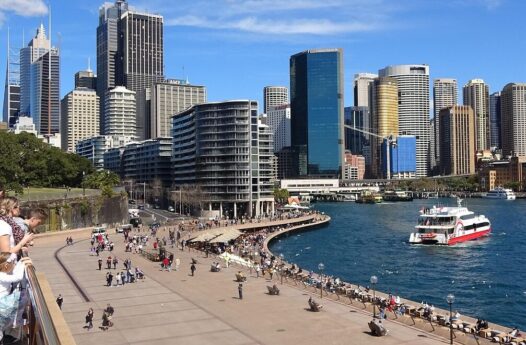Skip to content
1. Toorak
- Current median house price: Approximately $5.5 million
- 10-year appreciation: 75-85%
- Historical performance: Toorak has consistently maintained its position as Melbourne’s most prestigious suburb. The area saw steady 7-8% annual growth during the 2013-2017 boom period, followed by a brief correction during 2018-2019. Post-COVID recovery brought 15-20% gains during 2021-2022.
- Key drivers: Old money, heritage mansions, exclusive private schools, limited supply
2. Brighton
- Current median house price: Approximately $3.8 million
- 10-year appreciation: 65-75%
- Historical performance: Brighton properties showed remarkable resilience during market downturns. The bayside location helped it outperform during the 2020-2021 pandemic period when seaside properties were highly sought after.
- Key drivers: Beachfront properties, established wealth, excellent schools, lifestyle amenities
3. Canterbury
- Current median house price: Approximately $3.3 million
- 10-year appreciation: 70-80%
- Historical performance: Canterbury experienced particularly strong growth during 2015-2018 when its period homes were in extremely high demand. The suburb has historically shown lower volatility compared to other premium areas.
- Key drivers: Heritage protections, prestigious schools, tree-lined streets, large land parcels
4. Deepdene
- Current median house price: Approximately $3.1 million
- 10-year appreciation: 75-85%
- Historical performance: One of the stronger performers on a percentage basis, Deepdene experienced rapid appreciation between 2014-2019, sometimes outpacing its better-known neighbors.
- Key drivers: Exclusivity, limited housing stock, proximity to prestigious schools
5. Kooyong
- Current median house price: Approximately $3 million
- 10-year appreciation: 60-70%
- Historical performance: Kooyong showed strong consistent growth prior to 2018, with a sharper correction during 2018-2019 than some neighboring suburbs. Recovery post-2020 has been robust.
- Key drivers: Tennis heritage, spacious properties, proximity to Toorak
6. Hawthorn
- Current median house price: Approximately $2.8 million
- 10-year appreciation: 65-75%
- Historical performance: Hawthorn has shown strong cyclical patterns, with particularly strong growth during 2013-2016 and 2020-2022. The university influence has helped stabilize the market during downturns.
- Key drivers: Educational institutions, period architecture, river frontage, emerging luxury developments
7. Malvern
- Current median house price: Approximately $2.7 million
- 10-year appreciation: 60-70%
- Historical performance: Malvern experienced particularly strong growth during 2015-2017 and has typically recovered quickly from market corrections.
- Key drivers: Shopping precinct, parks, accessibility, strong renovation market
8. Armadale
- Current median house price: Approximately $2.6 million
- 10-year appreciation: 70-80%
- Historical performance: One of the strongest performing suburbs on a percentage basis, Armadale has benefited from gentrification and its relatively more accessible price point compared to neighboring Toorak.
- Key drivers: Boutique shopping, smaller luxury homes, strong downsizer market
9. Albert Park
- Current median house price: Approximately $2.5 million
- 10-year appreciation: 70-80%
- Historical performance: Albert Park saw extremely strong growth during 2014-2017 and again in 2020-2022, with its limited supply of period cottages creating fierce competition.
- Key drivers: Beach proximity, heritage overlay, village atmosphere, Grand Prix location
10. Balwyn North
- Current median house price: Approximately $2.4 million
- 10-year appreciation: 75-85%
- Historical performance: Balwyn North was one of the strongest performers during the 2013-2017 boom, particularly due to international buyer interest. It experienced a sharper correction in 2018-2019 but has since stabilized.
- Key drivers: School zones, new luxury builds, international buyer interest, larger land parcels
Key Historical Trends Across These Suburbs
- Cyclical patterns: All premium suburbs have followed Melbourne’s broader market cycles, but with generally lower volatility and quicker recoveries.
- School zone premium: Suburbs with elite private or high-performing public schools have consistently outperformed, with this premium increasing over time.
- COVID impact: The pandemic created a distinct preference for larger homes with gardens, benefiting these spacious suburbs.
- Interest rate sensitivity: These premium suburbs have historically shown less sensitivity to interest rate changes than middle-market areas.
- Land value vs. dwelling value: Land values have appreciated more consistently than dwelling values, with teardown/rebuild activity increasing in most of these suburbs over the past decade.
